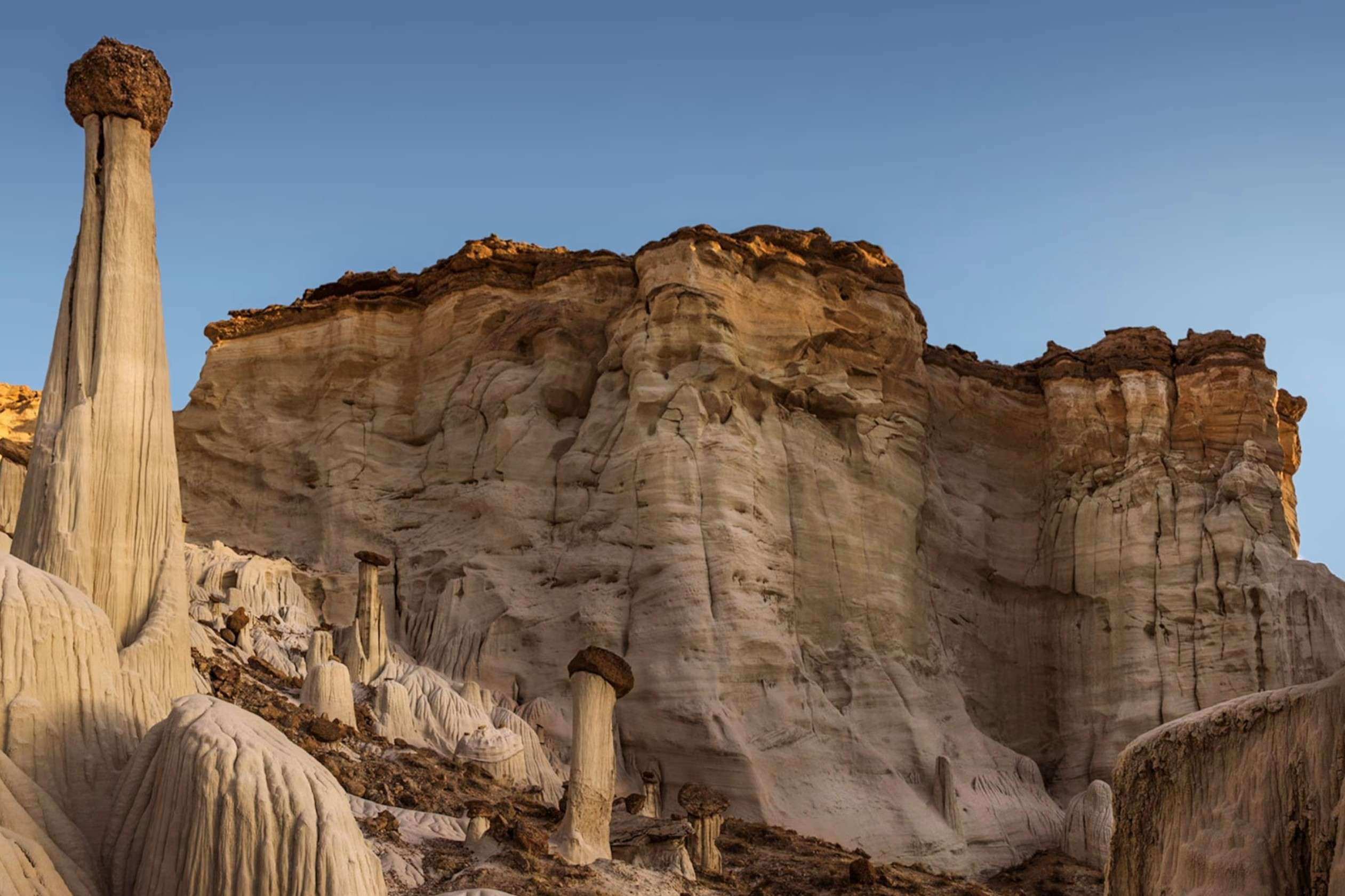Secrets Of Utah’s Ancient Fish Camps

Have you ever wondered about the secrets hidden in Utah's ancient fish camps? These historic sites offer a glimpse into the lives of early Native American tribes who relied on fishing for survival. Nestled along rivers and lakes, these camps served as vital hubs for gathering, cooking, and preserving fish. Imagine walking through these areas, where every stone and artifact tells a story of a time long past. From the tools used to catch fish to the methods of smoking and drying, each detail reveals a piece of history. Ready to dive into the fascinating world of Utah's ancient fish camps? Let's get started!
Discovering Utah's Ancient Fish Camps
Utah's ancient fish camps offer a glimpse into the lives of early inhabitants who thrived in this rugged landscape. These sites, scattered across the state, reveal the rich history and culture of the people who once called Utah home. Let's explore some of the most fascinating ancient fish camps in Utah.
1. Fish Springs National Wildlife Refuge
Fish Springs National Wildlife Refuge, located in the west desert, is a hidden gem. This remote area was once a bustling fish camp for Native American tribes. The springs provided a reliable water source, attracting both fish and people. Today, visitors can explore the refuge's diverse wildlife and imagine what life was like centuries ago.
2. Fremont Indian State Park
Fremont Indian State Park, nestled in central Utah, is a treasure trove of ancient artifacts. The Fremont people, who lived here over a thousand years ago, left behind petroglyphs, pottery, and tools. The park's museum showcases these artifacts, offering a window into the past. Hiking trails lead to rock art panels, where visitors can see the intricate carvings up close.
3. Nine Mile Canyon
Nine Mile Canyon, often called the "world's longest art gallery," is home to thousands of petroglyphs and pictographs. This canyon was a vital corridor for ancient peoples, including the Fremont and Ute tribes. The rock art depicts hunting scenes, animals, and daily life, providing insight into the region's history. A drive through the canyon reveals these incredible works of art.
4. Range Creek Canyon
Range Creek Canyon, located in eastern Utah, is a well-preserved archaeological site. The canyon's remote location has protected it from modern development, allowing researchers to study its ancient fish camps and dwellings. Guided tours offer a chance to see granaries, rock art, and other remnants of the Fremont culture. The canyon's isolation adds to its mystique.
5. Antelope Island State Park
Antelope Island State Park, situated in the Great Salt Lake, is known for its stunning landscapes and wildlife. But it also holds secrets of ancient fish camps. Archaeological evidence suggests that Native American tribes used the island as a seasonal fishing ground. Visitors can hike the island's trails, enjoy panoramic views, and ponder the lives of those who once fished these waters.
6. Parowan Gap
Parowan Gap, a natural passageway in southwestern Utah, is famous for its petroglyphs. The gap's rock walls are covered with intricate carvings, including depictions of fish and other animals. These petroglyphs are believed to be the work of the Fremont and Paiute tribes. The site offers a unique opportunity to see ancient art in a stunning natural setting.
7. Capitol Reef National Park
Capitol Reef National Park, with its dramatic cliffs and canyons, was once home to the Fremont people. The park's rock art and ruins provide a glimpse into their lives. The Fremont used the area's rivers and streams for fishing, leaving behind evidence of their camps. Visitors can explore the park's trails and discover these ancient sites amidst breathtaking scenery.
8. Dinosaur National Monument
Dinosaur National Monument, straddling the Utah-Colorado border, is renowned for its dinosaur fossils. But it also contains evidence of ancient human habitation. The Fremont and Ute tribes fished the Green and Yampa Rivers, leaving behind petroglyphs and artifacts. The monument's rugged landscape offers a chance to connect with both prehistoric creatures and ancient cultures.
9. Glen Canyon National Recreation Area
Glen Canyon National Recreation Area, encompassing Lake Powell, is a popular destination for boating and fishing. However, it also holds traces of ancient fish camps. The Ancestral Puebloans, who lived here over a thousand years ago, relied on the Colorado River for sustenance. Exploring the area's canyons and waterways reveals remnants of their presence.
10. Great Salt Lake
Great Salt Lake, the largest saltwater lake in the Western Hemisphere, has a long history of human use. Native American tribes, including the Shoshone and Ute, fished its waters for centuries. The lake's islands and shoreline contain archaeological sites that tell the story of these ancient fish camps. Visitors can explore the lake's unique ecosystem and imagine the lives of its early inhabitants.
Discover Utah's Ancient Fish Camps
Utah's ancient fish camps offer a glimpse into the past. These sites reveal how early inhabitants lived, fished, and thrived. Visiting these camps provides a unique experience, connecting you to history and nature. You can see ancient tools, learn about traditional fishing methods, and appreciate the resourcefulness of early cultures.
Exploring these camps also highlights the importance of preserving historical sites. Protecting these areas ensures future generations can learn from and enjoy them. Whether you're a history buff, nature lover, or just curious, Utah's ancient fish camps have something to offer.
Plan your visit to these remarkable sites. Experience the rich history and natural beauty of Utah. You'll leave with a deeper appreciation for the past and a sense of wonder for the ancient ways of life.

